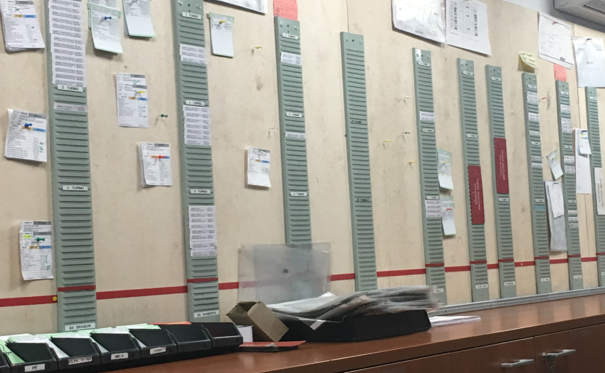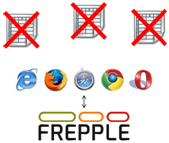4 indications that it’s time to replace your Excel planning spreadsheets
A lot of production and inventory planning processes start out of your ERP system and into a spreadsheet. The reason is simple: while an ERP is well suited to manage your operations, it doesn’t allow you to anticipate demand and take strategic decisions accordingly. By contrast, Excel provides an easy, intuitive, and flexible way to structure your data.
Times goes on, your company grows and so does your planning process’ complexity. People who did not work here last year add data to THE spreadsheet. Someone else who will no longer work here next year adds functions. Somebody cuts and pastes values into the wrong cell.
In the best case scenario, you end up with an Excel that hurts to look at. In the worst case, you lose $24 million.
There comes a time when your planners find themselves continuously working in fire-fighting mode. There comes the time to upgrade your planning spreadsheets to a more powerful solution. Here is why.
1) It’s a looooooong manual process
Producing an effective plan requires plenty of data from different sources. Most likely, you will have to copy/paste them into from and into multiple Excel files. It can take hours… or days!
This is a long, repetitive task which doesn’t bring value and has the major drawback of consuming a knowledgeable person’s time. Also, the more data are added into the file, the more time it takes to open, edit, and generate the plan, causing again extra waste of time.
When the first spreadsheets were introduced they turned 20 hours of work into 15 minutes and allowed for more creativity (quoted from Dan Bricklin, inventor of the spreadsheet) Nowadays too many people spend the same amount of time on their spreadsheets, and can benefit from a new productivity boost…


2) Excel is the least collaborative tool ever
An Excel file is not a collaborative way of working and is usually a one-man file. Even if the file is located on a folder shared with many people, this is definitely not a long-term solution.
The first person to open the file — even if only in reading mode — will lock it for editing to other people. This becomes even worse when there are (and there always are!) multiple versions of the Excel file. This can lead to multiple mistakes as we end up not knowing where to find the latest information.
3) It’s error-prone
As mentioned above, populating this Excel file is a painful process of copy/paste actions, which can sometimes cause major data errors in the file.
On top of this, as various people edit the file, they might wrongly change some formulas. Then keep on using the file for a while before somebody notices a problem. Raise your hand if you always set up a data validation to track mistakes in your Excel sheets… precisely.


4) It works against your company growth
If small supply chain problems can definitely be handled with a spreadsheet, you will quickly reach the limits of Excel as your business grows. Your results won’t be optimal and this will cause excess inventory, excess work-in-progress, and delivery delays for customer orders.
Moving from spreadsheets to a planning tool is a natural leap when a supply chain reaches a size that makes it difficult to handle with spreadsheets. It allows your planning process to move from reactive to proactive and opens the door to an optimized and competitive supply chain.
